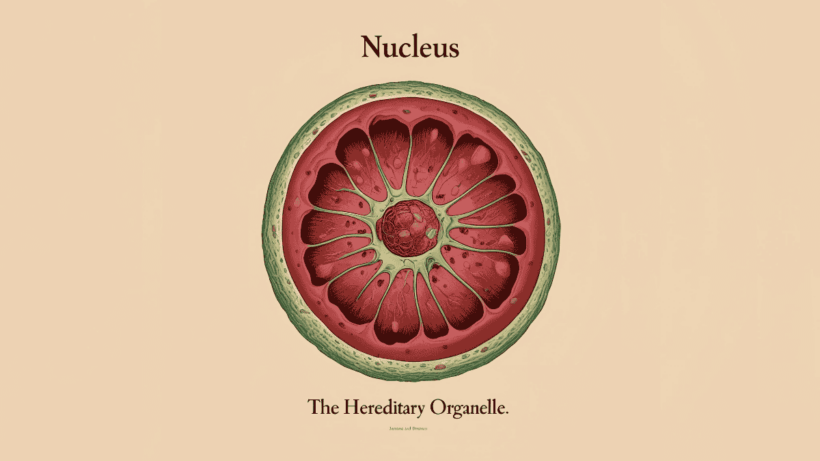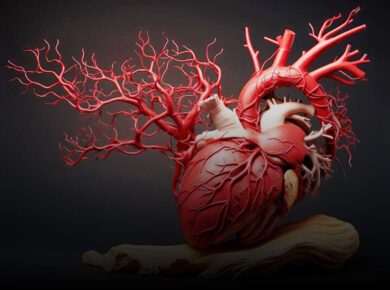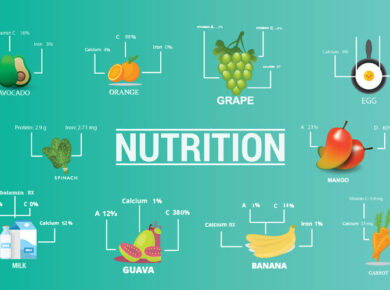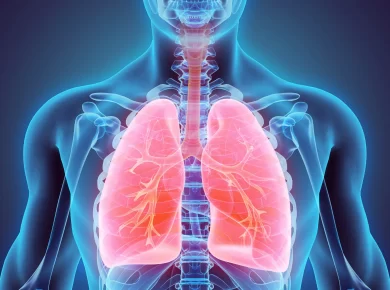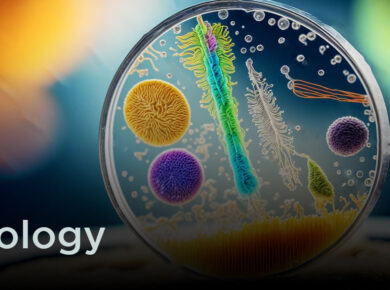Nucleus the Hereditary Organelle
General structure of nucleus:
- It is the largest organelle seen clearly when the cell is not dividing.
- It stains deeply, is mostly spherical, WBC have lobed nuclei.
- It is mostly one in each cell (uninucleate, some cells have many nuclei; multinucleate).
- Double layered nuclear membrane enclosing nucleoplasm which contains chromatin network and a nucleolus.
Functions:
- Maintains the cell in a working order.
- Co-ordinates the activities of organelles
- Takes care of repair work.
- Participates directly in cell division to produce genetically identical daughter cells, this division is called mitosis.
- Participates in production of gametes through another type of cell division meiosis.
The part of nucleus is given here:
Nuclear Membrane
- Double layered membrane is interrupted by large number of pores.
- Membrane is made up of lipids and proteins (like plasma membrane) and has ribosomes attached on the outer membrane which make the outer membrane rough.
- The pores allow the transport of large molecules in and out of nucleus and the membranes keep the hereditary material in contact with the rest of the cell.
Chromatin:
- Within the nuclear membrane there is jelly like substance (karyolymph or nucleoplasm) rich in proteins.
- In the karyolymph, fibrillar structures form a network called chromatin fibrils, which gets condensed to form distinct bodies called chromosomes during cell division. On staining the chromosomes, two regions can be identified in the chromatin material heterochromatin dark and automatic (light). Heterochromatin has less DNA and genetically less active than euchromatin which has more DNA and genetically more active.
- Number of chromosomes is fixed in an organism. During cell division chromosomes divide in a manner that the daughter cells receive identical amounts of hereditary matter.
Nucleolus:
- Membrane-less, spheroidal bodies present in all eukaryotic cells except in sperms and in some algae.
- Their number varies from one to few, they stain uniformly and deeply.
- It has DNA, RNA and Proteins.
- Store house for RNA and proteins; it disappears during cell division and reappears in daughter cells.
- Regulates the synthetic activity of the nucleus.
- Thus, nucleus and cytoplasm are interdependent, and this process is equal to nucleocytoplasmic interaction.
